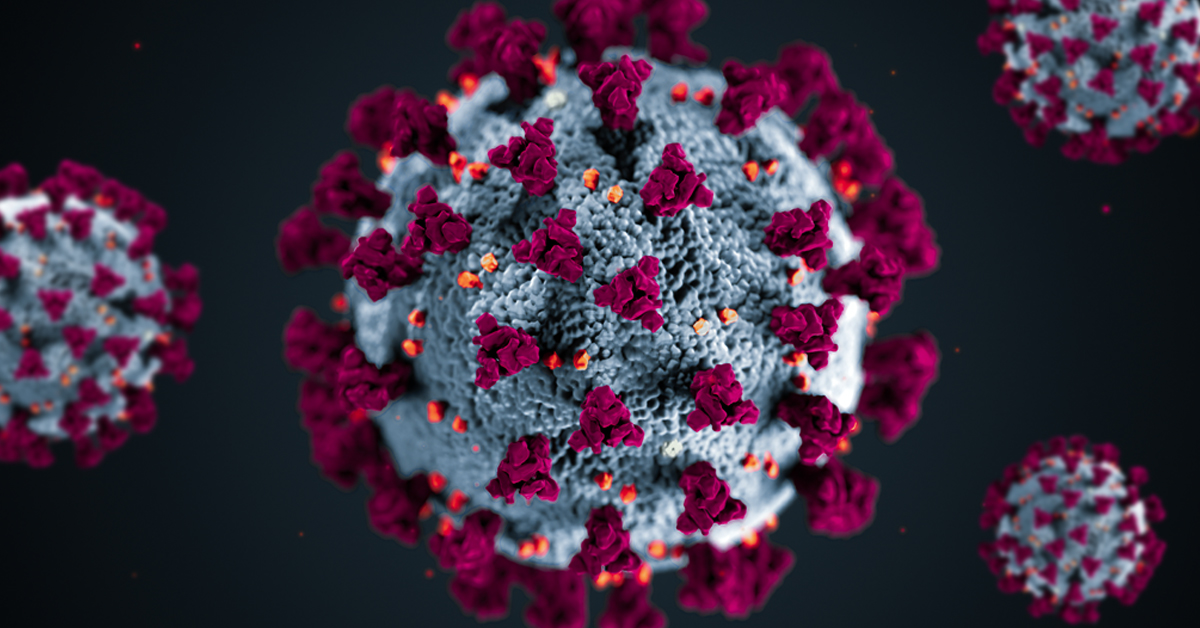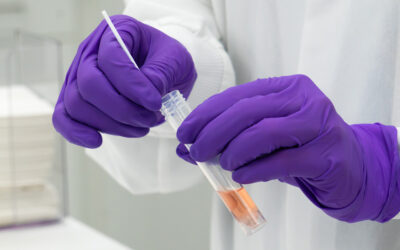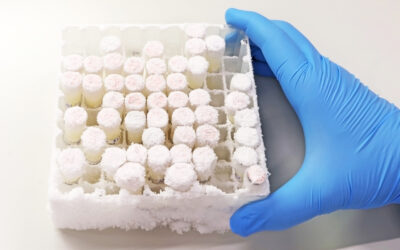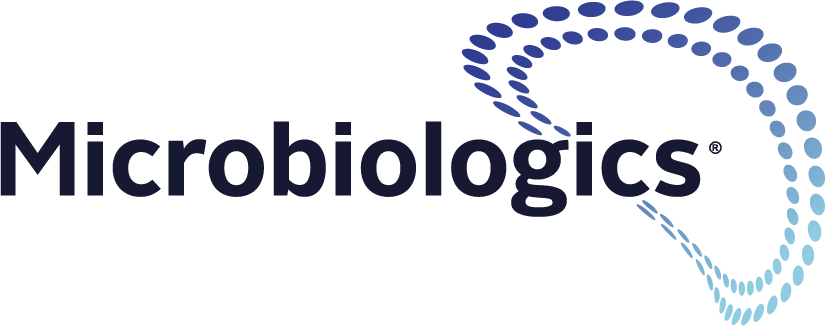For a highly infectious virus like SARS-CoV-2, an inactivated whole virus control is the gold standard for accuracy. For labs that opt for other control formats, synthetic RNA controls can provide many of the same qualities as inactivated whole virus controls.
While Microbiologics does offer SARS-CoV-2 Whole Virus Inactivated Controls, another option for a full process control is synthetic RNA encapsulated in a phage protein envelope. Referred to as SARS-CoV-2 Process Controls, these new products are formulated using RNA transcripts of diagnostically relevant SARS-CoV-2 targets that are protected inside a phage protein envelope. These proteins encapsulate the RNA and protect it from degradation by nucleases or other environmental factors. By protecting the RNA, the stability of the product is improved over naked RNA.
SARS-CoV-2 Process Controls are available in two formats – a swab and a pellet. A swab best mimics the nasopharyngeal, oropharyngeal, and nasal sample collection process. It could be used directly in assays that require a swab taken from a patient as the input sample. A pellet mimics the nasopharyngeal wash/aspirate or nasal wash/aspirate collection process. However, much of the decision on whether to use a swab vs. a pellet depends on preference and convenience.
Each SARS-CoV-2 Process Control contains inactivated human lung epithelial cells that mimic what could be found in a collected patient specimen, to ensure sample adequacy by different molecular assays.
As mentioned, these products are full process controls, which means that they can be used to validate an entire molecular assay procedure from nucleic acid extraction to target detection. For the proper test result to occur, these controls must be processed using an appropriate extraction method, followed by reverse transcription and amplification, then target detection.
These features make the synthetic RNA SARS-CoV-2 Process Controls are ideal for spaces where working with the intact virus is not allowed under lab protocols. Encapsulated synthetic RNA provides many of the same qualities of intact SARS-CoV-2, such as a protein envelope; but, because these synthetic controls are inert, they offer simpler shipping and handling for some locations. While certain regions may require extra documentation to import inactivated whole virus controls, these regulations typically do not apply to synthetic controls. While both the inactivated whole virus and encapsulated RNA controls are used to challenge each step of the molecular assay procedure, some would want to use a control that contains an actual virus synonymous to a patient sample, while others are more comfortable and/or would prefer need to use synthetically derived material, per lab protocols. With the availability of these two types of controls, labs can choose the QC solution that fits their preferences and protocols, without sacrificing accuracy or convenience.
For a complete list of SARS-CoV-2 products, including inactivated whole virus controls, visit https://www.microbiologics.com/sars-cov-2-quality-control.






0 Comments